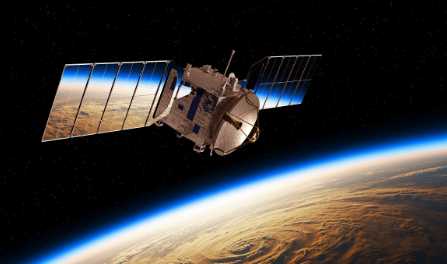Space technology has revolutionized the way humans explore and understand the universe. From sending humans to the moon to launching satellites for communication and navigation, space technology has come a long way in a relatively short amount of time. However, despite its many successes, space technology continues to face a number of challenges that must be addressed if we are to continue to push the boundaries of what is possible in space.
One of the biggest challenges facing space technology is cost. Space missions are incredibly expensive, and funding for space programs is often limited. This means that space agencies must carefully prioritize which missions they undertake and which technologies they invest in. This can make it difficult to pursue ambitious projects, such as missions to other planets or deep space exploration.
Another challenge facing space technology is the risk involved in space travel. Despite decades of research and development, space travel remains a risky and dangerous endeavor. Astronauts face a range of physical and psychological challenges, including exposure to radiation, isolation, and the effects of prolonged weightlessness. In addition, the technology required for space travel is highly complex and prone to failure, as demonstrated by several high-profile disasters, such as the Challenger and Columbia accidents.
Another major challenge facing space technology is the issue of space debris. As more and more satellites and other objects are launched into space, the risk of collisions and other incidents increases. This not only poses a danger to astronauts and spacecraft, but it also has the potential to disrupt communication and navigation systems that are critical to our daily lives.
In addition to these challenges, space technology also faces a number of other issues. For example, there is the challenge of developing new propulsion technologies that can enable faster and more efficient travel through space. There is also the challenge of developing new materials that can withstand the extreme temperatures and pressures found in space.
Despite these challenges, there are many reasons to be optimistic about the future of space technology. Advances in technology and materials science are making it possible to build more resilient and reliable spacecraft. New propulsion technologies, such as ion drives and nuclear rockets, are being developed that could enable faster and more efficient travel through space. And initiatives such as the Artemis program, which aims to establish a permanent human presence on the moon, are inspiring new generations of space explorers and scientists.
To overcome these challenges, space agencies and researchers are exploring a range of strategies and approaches. One strategy is to invest in research and development of new technologies that can make space travel safer, more efficient, and more affordable. This includes efforts to develop new propulsion systems, materials, and communication and navigation technologies.
Another approach is to foster international cooperation and collaboration in space exploration. By working together, space agencies and researchers from around the world can share resources, expertise, and knowledge, and tackle challenges that would be difficult to overcome alone. This could include joint missions to other planets, or the development of global communication and navigation systems that are resilient to disruptions and collisions.
Finally, it is important to invest in education and outreach programs that inspire and engage young people in the study of space science and technology. By encouraging the next generation of scientists and engineers to pursue careers in space exploration, we can ensure that the future of space technology is in good hands.
Conclusion
Space technology faces a range of challenges that must be addressed if we are to continue to push the boundaries of what is possible in space. These challenges include issues such as cost, risk, space debris, and the need for new technologies and materials. However, by investing in research and development, fostering international collaboration, and inspiring the next generation of scientists and engineers, we can overcome these challenges and continue to explore and understand the universe in new and exciting ways.




Leave Comment